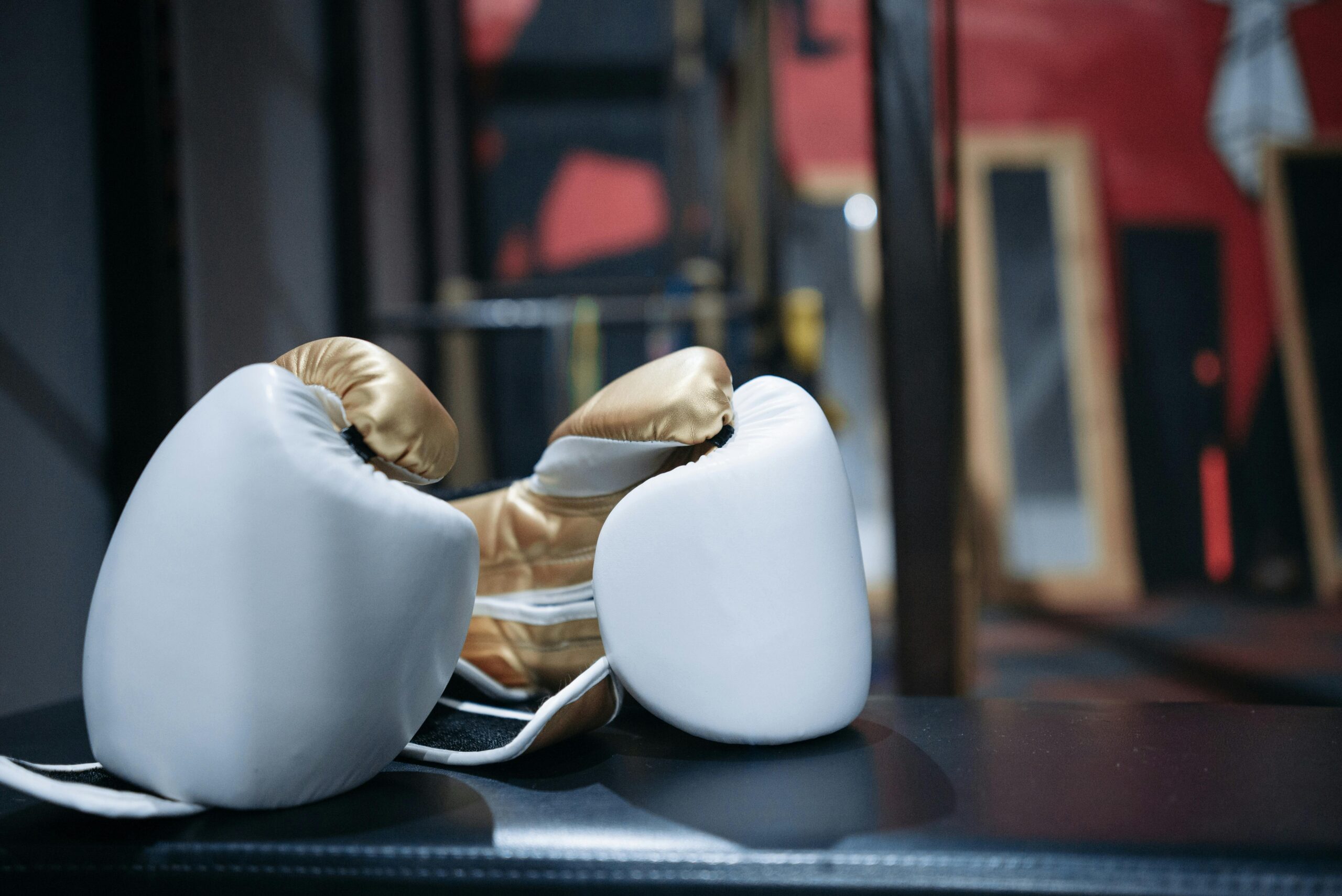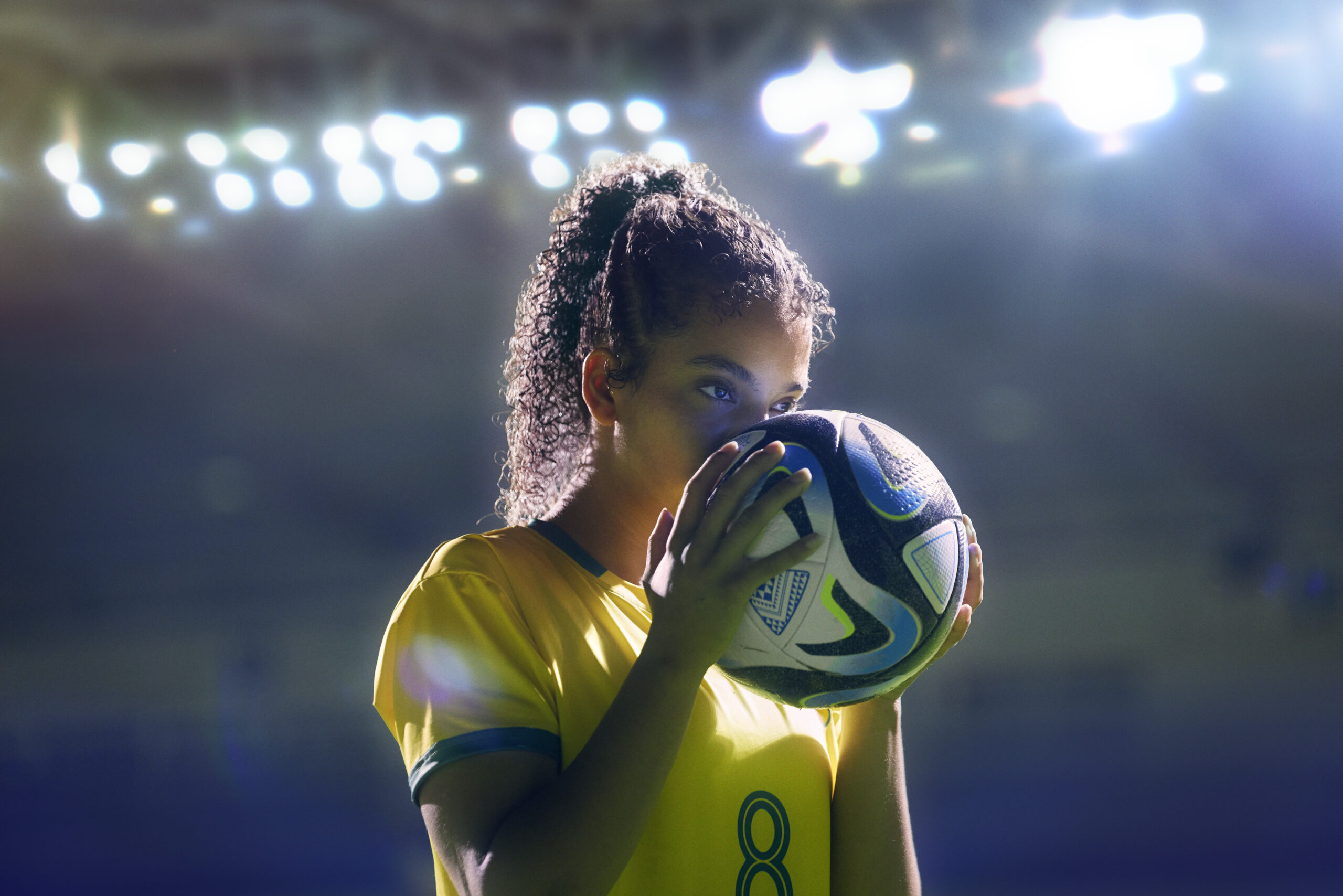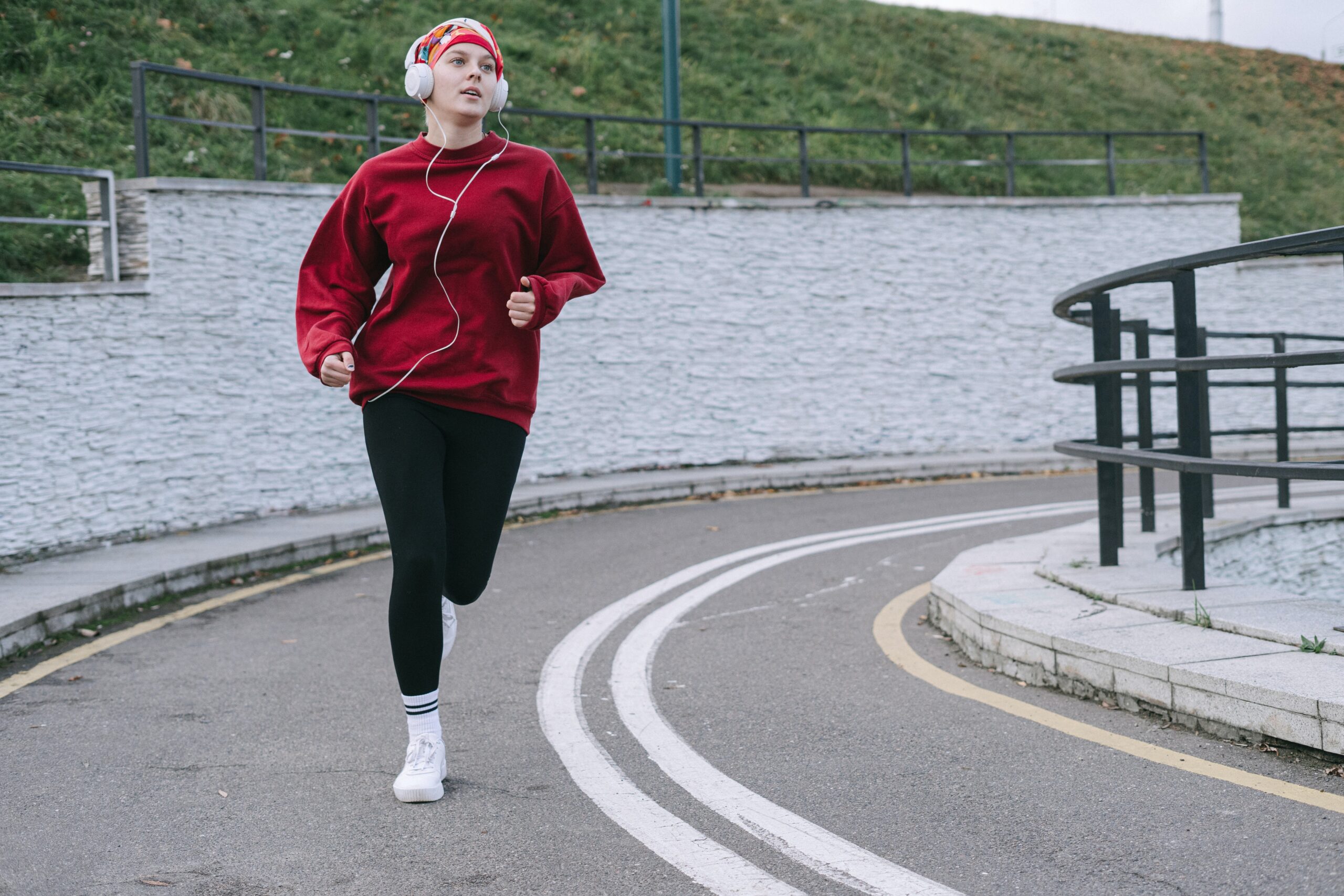
During the Rio Olympics in 2016, we saw some powerful images of female athletes wearing the hijab competing in various events. One image in particular, of an Egyptian volleyball player at the net against a German player, caused quite a stir, with many making comments about the stark cultural difference where one woman is wearing a bikini and the other a full-body covering.
It certainly wasn’t the first discussion around Muslim women and clothing requirements in sporting events, but it allowed conversation to reach an even bigger audience, outside the Middle East. American fencer Ibtihaj Muhammad became he first member of Team USA to compete at an Olympic games wearing the hijab, and she used her various press opportunities to break down misconceptions of what it means to be a Muslim woman and an athlete.
More recently, the release of Nike’s branded hijab line featuring a range of female Muslim athletes offered an eye-opening perspective not just on the women competing, but the greater cultural significance it has given the political landscape many of them live in. One such woman is Iranian journalist Solmaz Sharif, who is the founder of an online publication called Shirzanan. The word Shirzanan means “female heroes” in Persian, and the digital mag is a media and advocacy organization for and about Muslim females in sport.

In the early 2000’s while working in Tehran, Solmaz started to become keenly aware of the problems not just female athletes, but also female sports fans were facing in public spaces. Women were forbidden from competing, from being spectators, and as a result there was not much media coverage for female athletes who were breaking barriers. She started Shirzanan in 2007 while living in New York and decided it would be her way of giving voice to the women whose stories and athletic endeavors were not being given the type of coverage they deserved.
Although the site was racking up an impressive amount of views, Solmaz briefly halted operations before re-launching in 2014 with the help of a friend named Mara Gubuan while working at the NGO Advancing Human Rights, according to the Women’s Media Center. After Saudi Arabia, Brunei and Qatar allowed female athletes to compete at the Olympics for the first time in 2012, the women were inspired to increase their advocacy.
“Through my hard work in sports newspapers, I realized that many of my male colleagues didn’t believe in women’s sports. They had little interest in including it in the news. Because the sport desks were dominated by men, women’s athletics received little or no coverage. I had to find a way to empower women and girls through media and sports and decided to launch the first Iranian women’s sports publication,” Solmaz wrote in a blog post on Shirzanan in 2015.

Solmaz is particularly passionate about the politics and cultural oppression that has denied women in Iran the freedom to enjoy and participate in sports at the same rate as men. During the Rio Olympics she wrote a piece for NY Times’ Women In The World site about the very real dangers and threats women are facing simply for being interested in athletics.
“The struggle by women against discrimination in Iran takes place on many key fronts, including divorce, custody rights and freedom of speech. However, the ability for women to be at stadiums is symbolic of their right to occupy public spaces, and to take part in and celebrate key moments in the life of the country,” she wrote.
Women have been denied entry into stadiums, faced arrests, death threats, and left without support from international sporting organizations despite promises that they want to be advocates of gender equality. Solmaz says the symbolism of allowing women to be part of sporting culture in such a public way holds a lot of weight for some.

“For Iranian women this was not simply a sports event; it was the first opportunity for them to sit in the stadiums they have been banned from for the past four years. This could have been a historic moment for women to regain their rights, and a possibility to open the door to other public spaces,” she said citing an incident where Iranian women were assured they would be allowed to watch an internationally-organized volleyball tournament held on Kish Island, but instead were met with resistance and messages about them being “forbidden” from the arena.
Today, Shirzanan is fast-becoming a well-respected voice for Muslim women athletes globally, as they continue their media advocacy and even participate in organizing sporting events. The articles on the site and the women profiled are a voice for those who do not have one, and have become a powerful reminder of the way women continue to break barriers in areas often deemed very hostile to their freedoms.

Even the Human Rights Watch has become involved in Shirzanan after recognizing what a great platform it is. HRW have published a number of reports about the dangers women in the Arab world face simply for participating in sports, and know the impact a site like Shirzanan has in combating negative perceptions.
“If Shirzanan ceased to do its vital work supporting Muslim women athletes, I cannot see any group that could step into the void it would leave,” said Minky Worden, a human rights activist and director of global initiatives at Human Rights Watch.
This online magazine serves as a support network for many Muslim women to know they are not alone. Above all else, Solmaz says she simply wants these athletes to be able to have fun and focus on what they do best.
“Ultimately, these women don’t care what we think of them or what our opinions are about their religion or their religious tokens of expression like the veil … they are athletes who just want to play,” she said.
You can learn more about Shirzanan by going to their website and supporting their mission.


















One thought on “Iranian Journalist Launches Online Magazine To Increase The Visibility Of Muslim Women In Sports”